Can a minority government solve Malaysia’s hung parliament?
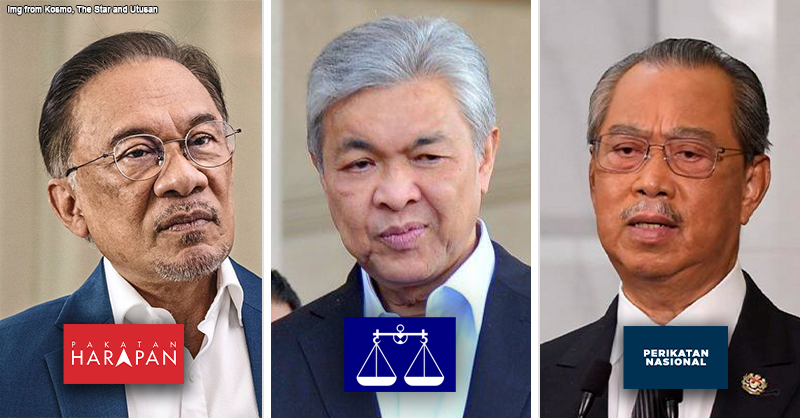
- 1.1KShares
- Facebook992
- Twitter8
- LinkedIn10
- Email24
- WhatsApp85
Originally published on August 16th 2021, updated on 22nd November 2022.
GE15 is done and dusted, but after days of deliberation, we still don’t have a government. No party has established an overall majority in parliament, and it’s not clear if they can agree to work together to form a government. Sooo, what’s the solution if we stay in this deadlock? Well, there is one thing we can do: it’s called a minority government.
The idea of a minority government has been brought up before, when then-Prime Minister Muhyiddin Yasin, after apparently losing his majority in government, submitted his resignation in 2021.
Although it didn’t come to it, a minority government was, and still is a viable option should the parties fail to achieve an agreement to form a government.
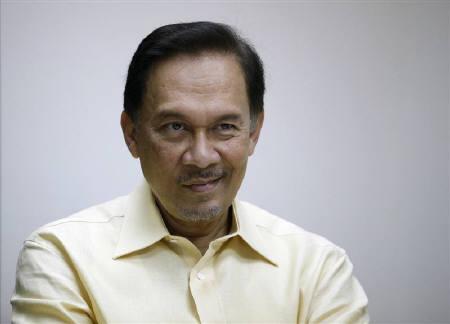
But it does come with its own drawbacks; in a 2020 interview, Tun Dr. Mahathir voiced opposition to the concept, hence why he stepped down as PM:
“I cannot do that (lead a minority government) because a minority government cannot function. Every time you move something, they (opposition members) can always bring it down and oppose it.” – Tun Dr. Mahathir, as quoted by New Straits Times.
So what would need to happen for us to have a minority government, and is it really as problematic as Tun put it? We don’t really know for sure since it’s never happened in Malaysia before, but what we DO have are some real-life examples from the rest of the world…
But first, what exactly is a minority government?
So first up, a minority government isn’t a government made up entirely of Chinese, Indians, Orang Asal, and lain-lains.

Typically, a government is formed by the party/coalition with a majority of overall seats in Parliament. A minority government, on the other hand, basically means one that has been formed by a party/coalition that does not have the simple majority of seats (112) in Parliament.
This can happen when a party fails to win the simple majority of Parliament seats, but then they strike deals with other parties and team up to form a government through something called the ‘confidence and supply agreement (CSA)’. In other words, you cannot actually form a government with a minority, but you can form a minority government by ‘borrowing’ numbers from other parties to make up a majority. Which means, yes, those other parties are expected to vote on the side of the government when making policies in Parliament.

How a country can arrive at this decision differs from country to country, but here, it’s mainly one person who can make that decision, and that’s the Agong. Now, when it comes to selecting a Prime Minister, there are some Constitutional guidelines to help the Agong make a choice. Article 43(2)(a) of the Federal Constitution says that the PM has to be ‘a member of the Dewan Rakyat who is likely to command the confidence of the majority of the members of that House’.
However, while the Constitution is silent on the minority government option, the Agong can, at his own discretion, invite the leader of the majority block (in this case, Anwar) to offer himself as a leader of a minority government with a CSA. This, according to Pengerang MP Dato’ Sri Azalina Othman, is an option for when Parliament is ‘hung’ (no party/coalition has a majority), but only when there is no one to defeat this PM candidate with a majority of their own. Which looks kinda like what’s happening now.

You could probably imagine how a minority government would be problematic considering our past history when it comes to politics. It wasn’t a big surprise then, that most Opposition MPs rejected Muhyiddin’s bipartisan cooperation offer in 2021. But was Tun Dr. Mahathir correct in saying that minority governments are ineffective? Well, it really depends. Minority governments are pretty common in Western democracies, so we’ve got quite a few examples to draw from…
The Good: New Zealand’s Jacinda Ardern
Here’s a fun fact: up until 2020, New Zealand had not had a majority government since 1996, when it introduced Mixed-Member Proportional voting (a system which awards Parliament seats in proportion to the number of popular votes won). So it’s really quite remarkable that Jacinda Ardern was able to become PM of a minority government, and go on to win the country’s first outright majority since 1996.

That last line perhaps sums up Ardern’s success as PM of New Zealand in spite of being in charge of a minority government. Although she has encountered her fair share of critics – especially with rising child poverty numbers and her decision to ban offshore oil exploration – she gained popularity in New Zealand for her management of a mass shooting, raising an infant child while in office, a volcanic eruption, as well as the COVID-19 pandemic; the last of which we can probably all agree, was handled exceptionally well to say the least.
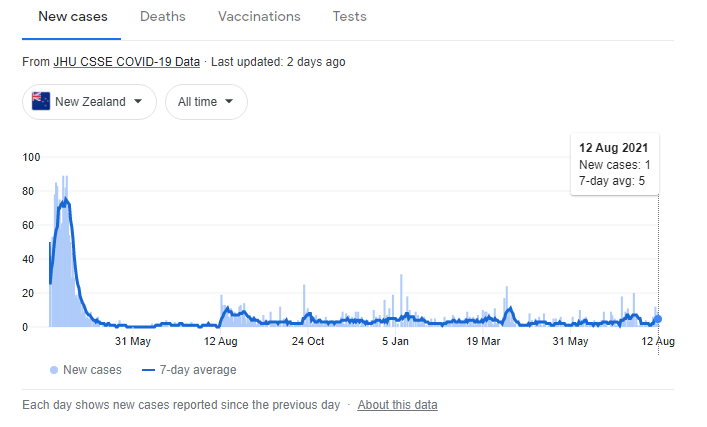
The Bad: Canada’s Justin Trudeau
With his boyish good looks and clever PR, Justin Trudeau became the PM of a majority government in 2015, and pushed the image of Canada as a friendly, progressive nation that was open to immigrants. Oh, did we mention that he’s also part Malaysian?
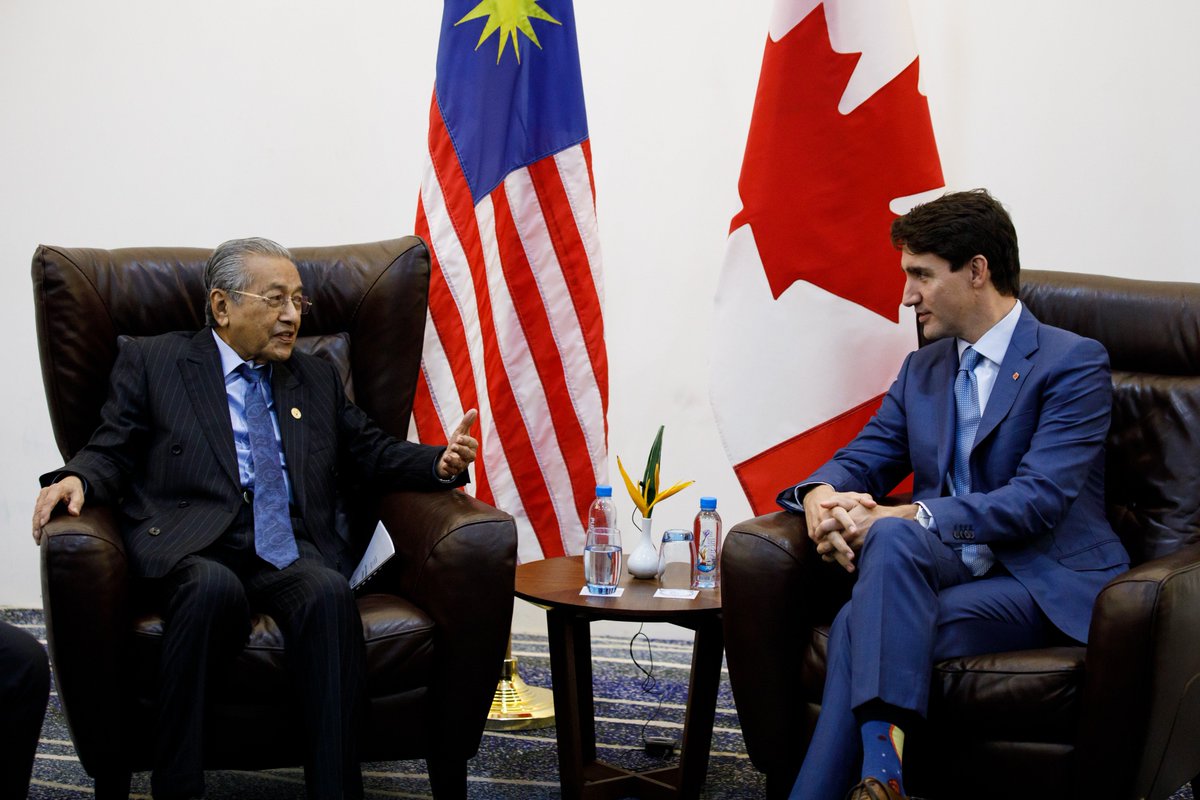
However, Canadians soon started losing trust in Trudeau after his policies failed to reflect his squeaky-clean image – most notably the controversial Keystone XL Pipeline which angered indigenous tribes, and his breaking of ethics law by trying to manipulate the Canadian attorney-general into not prosecuting a Montreal construction company accused of paying millions of dollars in bribes to Libyan officials. As a pollster put it:
“Brand Trudeau was squeaky clean and fresh and new and a different kind of politics. And it’s turned out that Brand Trudeau is: ‘Welcome to the new politics, just like the old politics.’” – Shachi Kurl, pollster, Angus Reid Institute

His approval ratings plummeted from 65% in 2016 to 32% in 2019, but he rejected a coalition following a close-shave re-election in 2019, choosing instead to govern from a minority position while working with other parties. After calling a snap election in 2021, he was re-elected as the head of yet another minority government. So yes, some countries are actually quite used to this by now.
As for how it’s been going for him so far, despite an arguably successful COVID vaccination and recovery plan, he grew frustrated with the lack of support for his policies, even accusing Parliament of being ‘obstructive and toxic to the minority agenda’.
The Ugly: UK’s Theresa May
Theresa May is perhaps the prime example to back up Tun’s claim that minority governments cannot get things done. It could also be argued that she shot herself in the foot, but we’ll leave that to you to decide.

After the people of Britain voted for Brexit, pro-EU PM David Cameron resigned, leaving the hot seat of PM to Theresa May who took over a slim majority government. It didn’t take long for the initially pro-EU May to suddenly become a hardcore Brexiter (you thought we were the only ones good at U-turns?), and she made it her main goal to get Britain out of the EU.
She called for a snap election to try and bolster her numbers in the House of Commons. The move backfired, and she ended up losing her Commons majority, having to form a minority government by forging an ad hoc alliance with the Democratic Unionist Party (DUP). And this is where the problem started.
With Brexit still firmly on the agenda, but now leading a minority government, May struggled to push her EU Withdrawal Agreement Bill through; with Parliament rejecting it three times. It got so bad that she was facing flak from both her own party as well as the opposition. On 24th May 2019, May resigned, saying:
“It is now clear to me that it is in the best interest of the UK for a new PM to lead that (Brexit) effort.” – Theresa May
Minority governments can work, but it all depends on who’s in charge
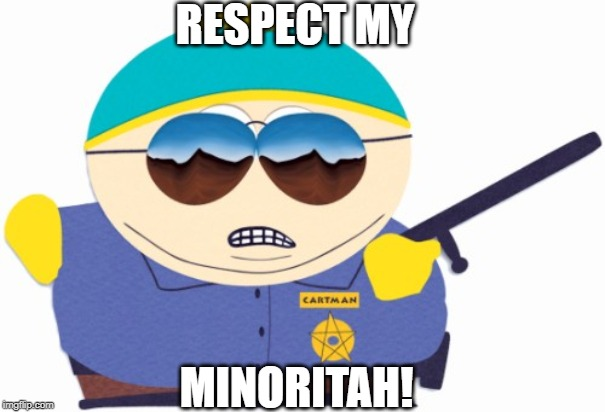
As you can see, minority governments aren’t all doom-and-gloom—they’re just mostly doom-and-gloom. Because as Tun said, minority governments tend to struggle with getting votes for policies, so it’s understandable why even he had to step down after the Sheraton Move.
The truth of the matter is that any government, whether minority or majority, is hugely dependent on the character of its leader, and in the case of a minority government, this aspect is especially crucial if said leader hopes to get anything done.
Could Anwar pull it off as head of a minority government? What would a Malaysian minority government even look like? At the moment, anything can happen, and if there’s anything we’ve learned from Malaysian politics, it’s to expect the unexpected.
- 1.1KShares
- Facebook992
- Twitter8
- LinkedIn10
- Email24
- WhatsApp85



